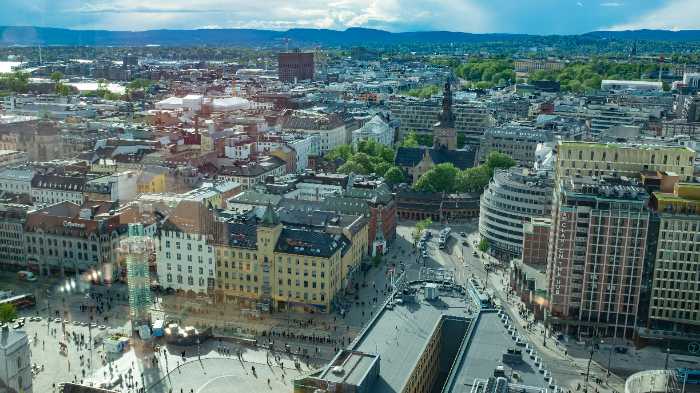
Oslo
NorwayOslo, a city nestled at the head of its namesake fjord, offers a compelling narrative that extends far beyond its modern, often eco-conscious, reputation. It wasn't always the clear capital of Norway; for a significant period, particularly during the union with Denmark, Copenhagen held that central role, a detail highlighting the shifting political landscapes of Scandinavia. Yet, Oslo's strategic coastal location and deep historical roots ultimately cemented its importance. Consider its ancient beginnings: while the official founding year is often cited as around 1049 by King Harald Hardrada, archaeological evidence suggests Christian burials predating 1000 AD, hinting at a much earlier urban settlement. This discovery led to Oslo celebrating its millennium in 2000 rather than a later anticipated date, a testament to the ongoing uncovering of its past. Intriguingly, Oslo once bore a different name: Christiania. After a devastating fire in 1624 destroyed much of the city, the Danish-Norwegian King Christian IV decided to rebuild it further west, near the Akershus Fortress, and christened it in his own honor. It wasn't until 1925, after Norway gained full independence, that the city reclaimed its original Norse name, Oslo, a symbolic reclaiming of its national identity. Another fascinating aspect of Oslo lies in its unique tradition of gifting a Christmas tree to London's Trafalgar Square every year. This annual act of generosity is a token of gratitude for Britain's support to Norway during World War II, a poignant reminder of the solidarity between nations during times of conflict. Beyond its historical and symbolic gestures, Oslo holds the distinction of hosting the Nobel Peace Prize ceremony annually on December 10th. Unlike the other Nobel Prizes awarded in Stockholm, the Peace Prize is presented in Oslo City Hall, making it the sole Nobel Prize given outside of Sweden, underscoring Norway's commitment to peace and diplomacy. Furthermore, Oslo has taken innovative steps towards urban biodiversity by creating the world's first "bee highway." Launched in 2015, this initiative involves planting flowers and installing artificial beehives throughout the city to provide safe passage and sustenance for bees, showcasing Oslo's commitment to environmental sustainability and forward-thinking urban planning. Finally, for art enthusiasts, Oslo is home to one of the largest museums dedicated to a single artist: the Munch Museum. Housing a vast collection of over 28,000 works by the renowned expressionist Edvard Munch, including multiple versions of his iconic painting "The Scream," the museum offers an unparalleled insight into the artist's profound and often unsettling vision. To explore Oslo is to encounter a city where Viking history lies beneath a more recent royal namesake, a place that honors international cooperation while fostering unique environmental initiatives and celebrating artistic genius.
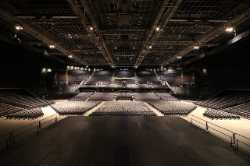 Oslo Spektrum
Arena
Oslo Spektrum
Arena
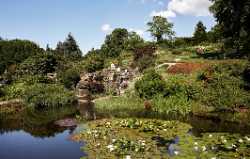 Botanical Garden
Botanical Garden
Botanical Garden
Botanical Garden
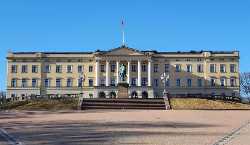 The Royal Palace Oslo
Castle
The Royal Palace Oslo
Castle
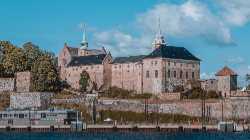 Akershus Fortress
Castle
Akershus Fortress
Castle
 Oslo Concert Hall
Concert Hall
Oslo Concert Hall
Concert Hall
 Rockefeller Music Hall
Concert Hall
Rockefeller Music Hall
Concert Hall
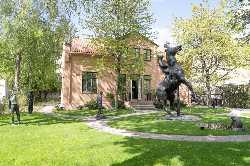 TBS Gallery
Gallery
TBS Gallery
Gallery
 Galleri Rom
Gallery
Galleri Rom
Gallery
 Kunstnernes Hus
Gallery
Kunstnernes Hus
Gallery
 Galleri Fineart
Gallery
Galleri Fineart
Gallery
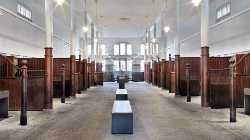 Queen Joséphine Gallery
Gallery
Queen Joséphine Gallery
Gallery
 Vestkanttorvet bric-a-brac
Market
Vestkanttorvet bric-a-brac
Market
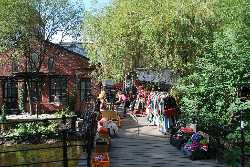 Sunday market in Ingensgate
Market
Sunday market in Ingensgate
Market
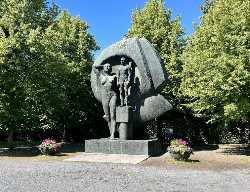 National Monument Oslo
Monument
National Monument Oslo
Monument
 Norwegian Pharmacy Museum
Museum
Norwegian Pharmacy Museum
Museum
 Oscarshall Palace
Museum
Oscarshall Palace
Museum
 Norwegian Armed Forces Museum
Museum
Norwegian Armed Forces Museum
Museum
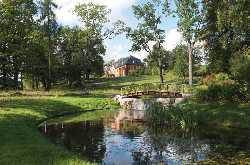 Bogstad Farm
Museum
Bogstad Farm
Museum
 Fram Museum
Museum
Fram Museum
Museum
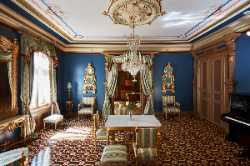 Ibsen Museum
Museum
Ibsen Museum
Museum
 Oslo Natural History Museum
Museum
Oslo Natural History Museum
Museum
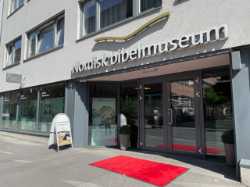 Nordic Bible Museum
Museum
Nordic Bible Museum
Museum
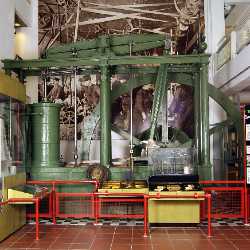 Norwegian Museum of Science and Technology
Museum
Norwegian Museum of Science and Technology
Museum
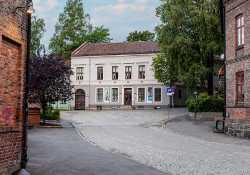 Labour Museum
Museum
Labour Museum
Museum
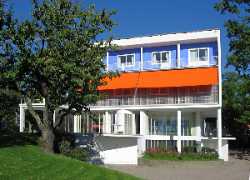 Villa Stenersen
Museum
Villa Stenersen
Museum
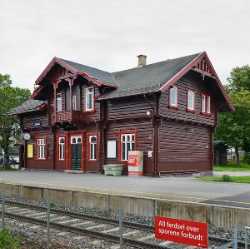 Norwegian Telecom Museum
Museum
Norwegian Telecom Museum
Museum
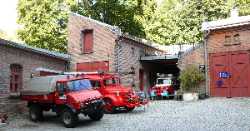 The Fire Museum
Museum
The Fire Museum
Museum
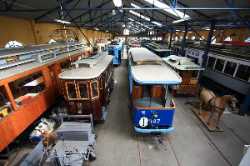 Oslo Tramway Museum
Museum
Oslo Tramway Museum
Museum
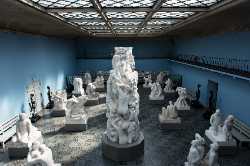 Vigeland Museum
Museum
Vigeland Museum
Museum
 Munch Museum
Museum
Munch Museum
Museum
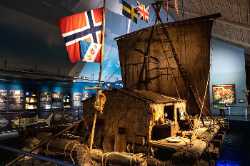 Kon-Tiki Museum
Museum
Kon-Tiki Museum
Museum
 Norwegian Maritime Museum
Museum
Norwegian Maritime Museum
Museum
 Viking Planet
Museum
Viking Planet
Museum
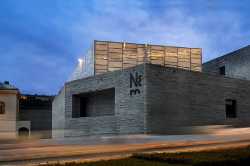 National Museum Oslo
Museum
National Museum Oslo
Museum
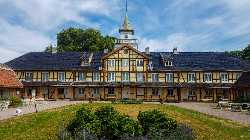 Oslo City Museum
Museum
Oslo City Museum
Museum
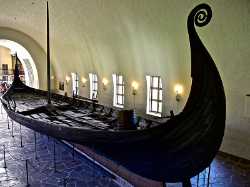 The Viking Ship Museum
Museum
The Viking Ship Museum
Museum
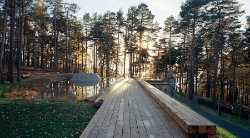 Ekebergparken Museum
Museum
Ekebergparken Museum
Museum
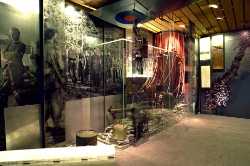 The Resistance Museum
Museum
The Resistance Museum
Museum
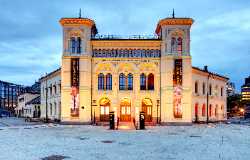 Nobel Peace Center
Museum
Nobel Peace Center
Museum
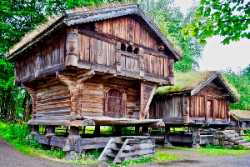 Norwegian Folk Museum
Museum
Norwegian Folk Museum
Museum
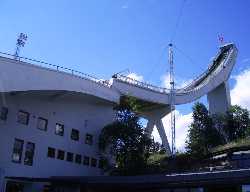 Holmenkollen Ski Museum and Tower
Museum
Holmenkollen Ski Museum and Tower
Museum
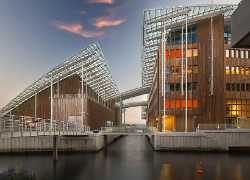 Astrup Fearnley Museum
Museum
Astrup Fearnley Museum
Museum
 Oslo Opera House
Opera House
Oslo Opera House
Opera House
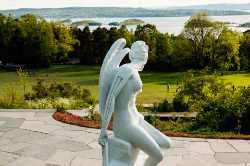 Ekeberg Sculpture Park
Park
Ekeberg Sculpture Park
Park
 Vigeland Sculpture Park
Park
Vigeland Sculpture Park
Park
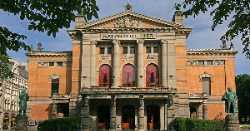 The Norwegian National Theatre
Theatre
The Norwegian National Theatre
Theatre
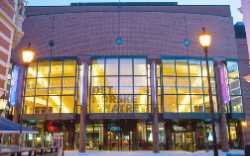 Det Norske Teatret
Theatre
Det Norske Teatret
Theatre
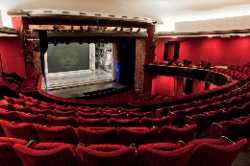 Oslo Nye Teater
Theatre
Oslo Nye Teater
Theatre
 Folketeateret
Theatre
Folketeateret
Theatre
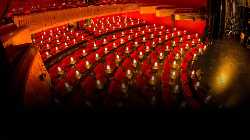 Chat Noir
Theatre
Chat Noir
Theatre
 Det Andre Teatret
Theatre
Det Andre Teatret
Theatre
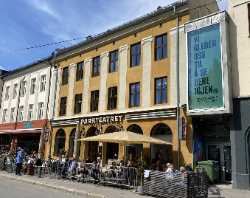 Parkteatret
Theatre
Parkteatret
Theatre